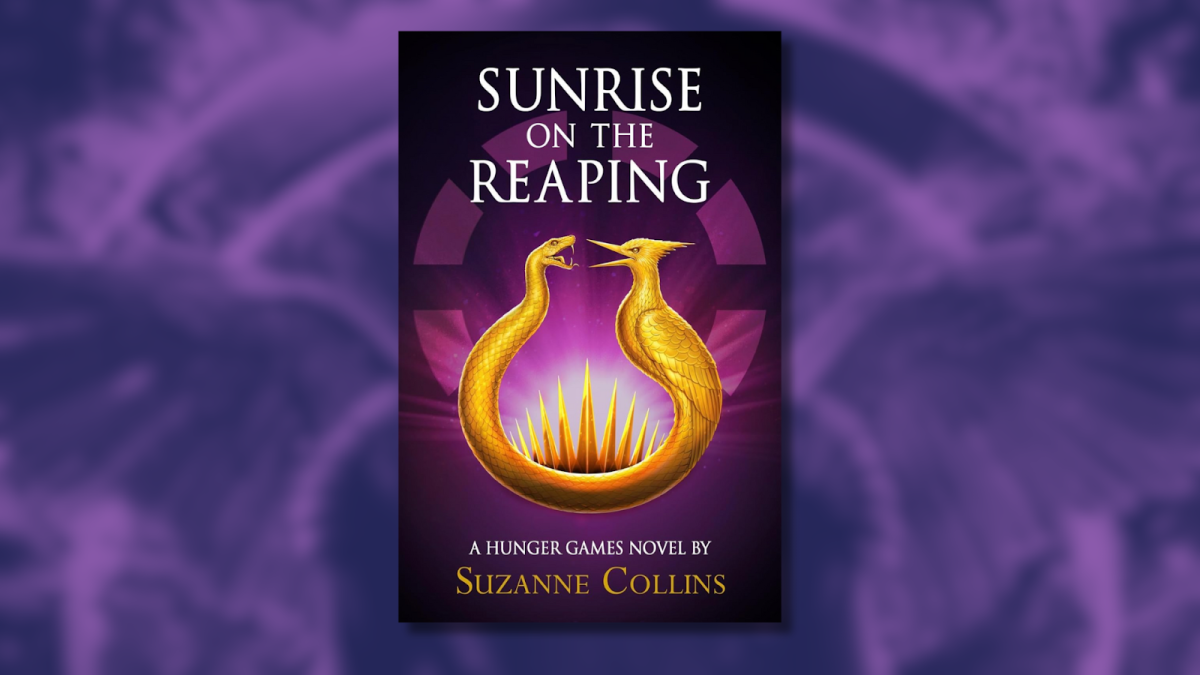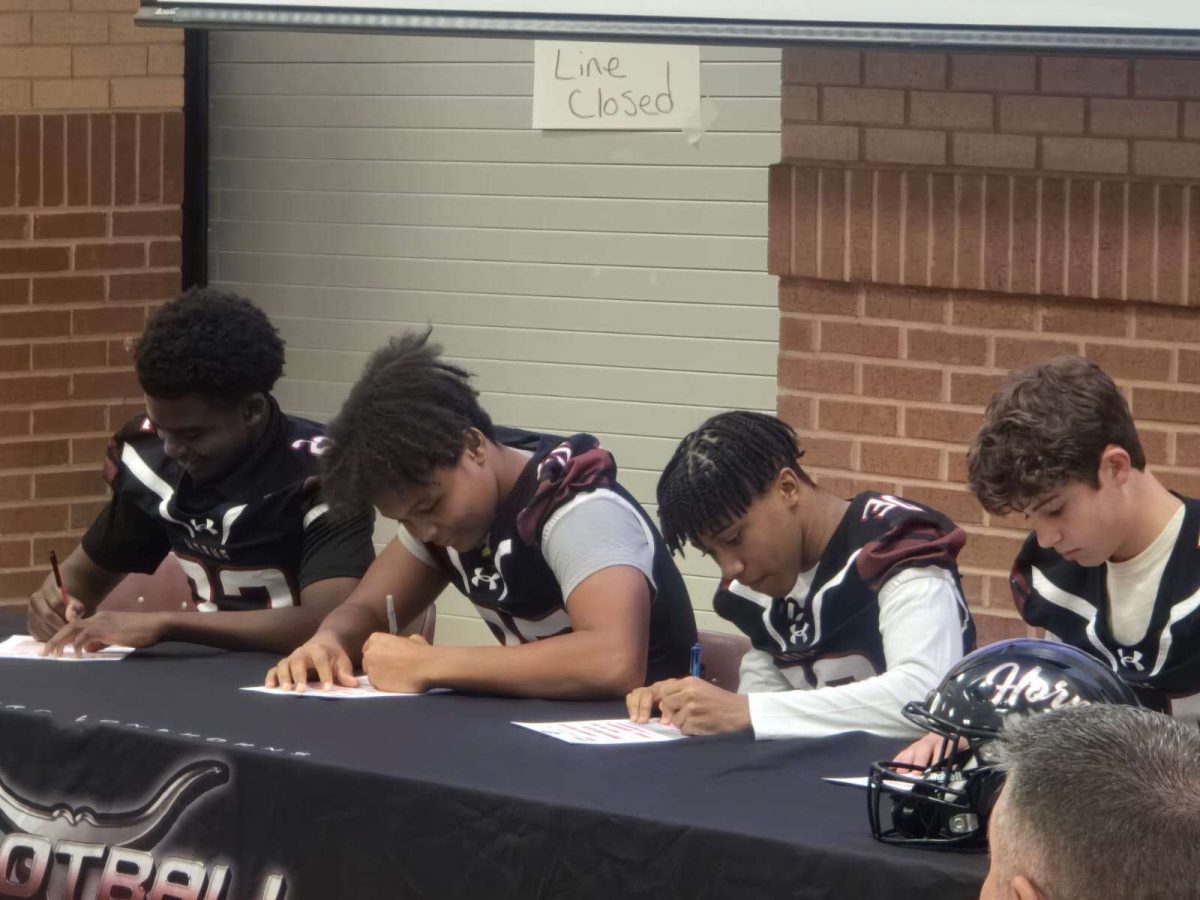At Lambert, all freshmen are required to read William Shakespeare’s tragedy Romeo and Juliet. Set in Verona, Italy, the play follows the romantic relationship between two youths whose families are sworn enemies. The plot is well-known since it has been adapted into various films and books. While the play can be an interesting read, is it the best choice for ninth grade in terms of understandability and student interest levels?
Relatability
“Romeo and Juliet” is set during the 1300s, which means the social norms were really different. During this time period, people followed a strict social hierarchy, with the monarch at the top and peasants at the bottom. A person’s class affected important decisions, and the poor were usually powerless. People got married at very young ages, as shown by a thirteen-year-old girl being forced into marriage by her parents. Freshman Balaskanda Sivanandame believes that the difference in social norms affects the understanding of the play.
“The problem is it doesn’t conform to our social expectations now as Romeo is eighteen, but Juliet is thirteen,” Sivanandame explained. “It doesn’t fit the social norms of this stage.”
Social norms aren’t the only thing that provides a culture shock. The play is not relatable because of its unrealistic nature. Freshman Meenakshi Angara found the play rather odd because of the time it took Romeo to fall in love with Juliet.
“They met for the first time one night, and they got married the next morning,” Angara remarked. “And then Romeo was banished that night, and they’re going to die two days later.”
Better Alternatives
Shakespeare wrote 38 plays in his lifetime. Of those 38, the plays read in high school are all tragedies. Students are taught “Macbeth,” which is known as one of Shakespeare’s bloodiest and shortest plays. “Romeo and Juliet” ends with the suicide of the two star-crossed lovers. Ninth Grade Literature teacher Catherine Emory believes that happier plays, such as “Much Ado About Nothing” and “Midsummer Night’s Dream,” should be taught alongside these tragedies.
“If we’re trying to talk about Shakespeare’s work and we want to look at Shakespeare’s language and learn how to read difficult texts,” Mrs. Emory noted, “then there are a lot of happier things out there to teach. If we want our students to be lifelong readers, then we can’t give them the impression that everything they read will make them sad.”
The play “Romeo and Juliet” is revolutionary due to its timeless theme and still is a good introduction to Shakespeare’s writing. While some students may not agree with this statement, it is important to note that this play allows freshmen to better understand other literary pieces in their future literature classes. With all these advantages and disadvantages, students and teachers remain split on the issue of Shakespearean plays and “Romeo and Juliet.”















